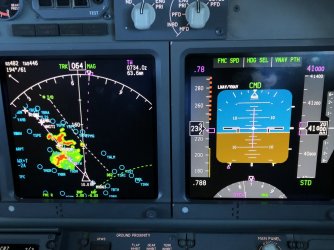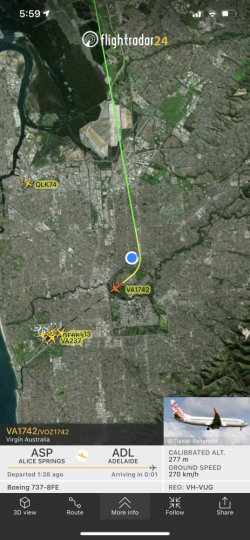Thanks, so in summary, the aircraft tries to stay within its predetermined flight envelope whatever the actual capability (and the actual capability might be very close the the flight envelope anyway)
The A380 certainly did. I expect the FBW Boeings will too, to some degree anyway.
The 380 flight control system was very smart. There were ways to override it, but overall it was well thought out and executed. Of course, they've been able to practice on the 320/330/340 so it wasn't really anything new. It would actively protect you from stalling, which meant that in certain cases it would have been possible to simply pull full aft stick, without any regard to stalling. This was of real use in any ground proximity situation, and it was taught in the sim to simply pull all of the aft stick and to hold it there until the issue was resolved (or you hit the ground!).
As there is no reason to fly this sort of aircraft beyond the stall, even full aft stick would limit you to the exact edge of stalling (from continuously measured angle of attack). It does so way more accurately than any pilot can do it by feel.
At the other end of the speed scale, it would pitch up to limit any overspeed. If you really, really, wanted to do it, you could push against the pull up, and you'd be able to override it. It was not something you could do accidentally.
It's one of the issues with this sort of aircraft though. It is really smart, and protects itself (and you) most of the time. But, with degraded flight laws, these protections also disappear...and you, as the pilot have to put them back, exactly as you would do in any non FBW aircraft. In many ways easy aircraft to fly until something goes wrong, at which point they can become harder to fly than traditional aircraft. The Air France 330 is a great example of degraded flight controls coupled with a pilot who only knew how to fly when it was all working.
















